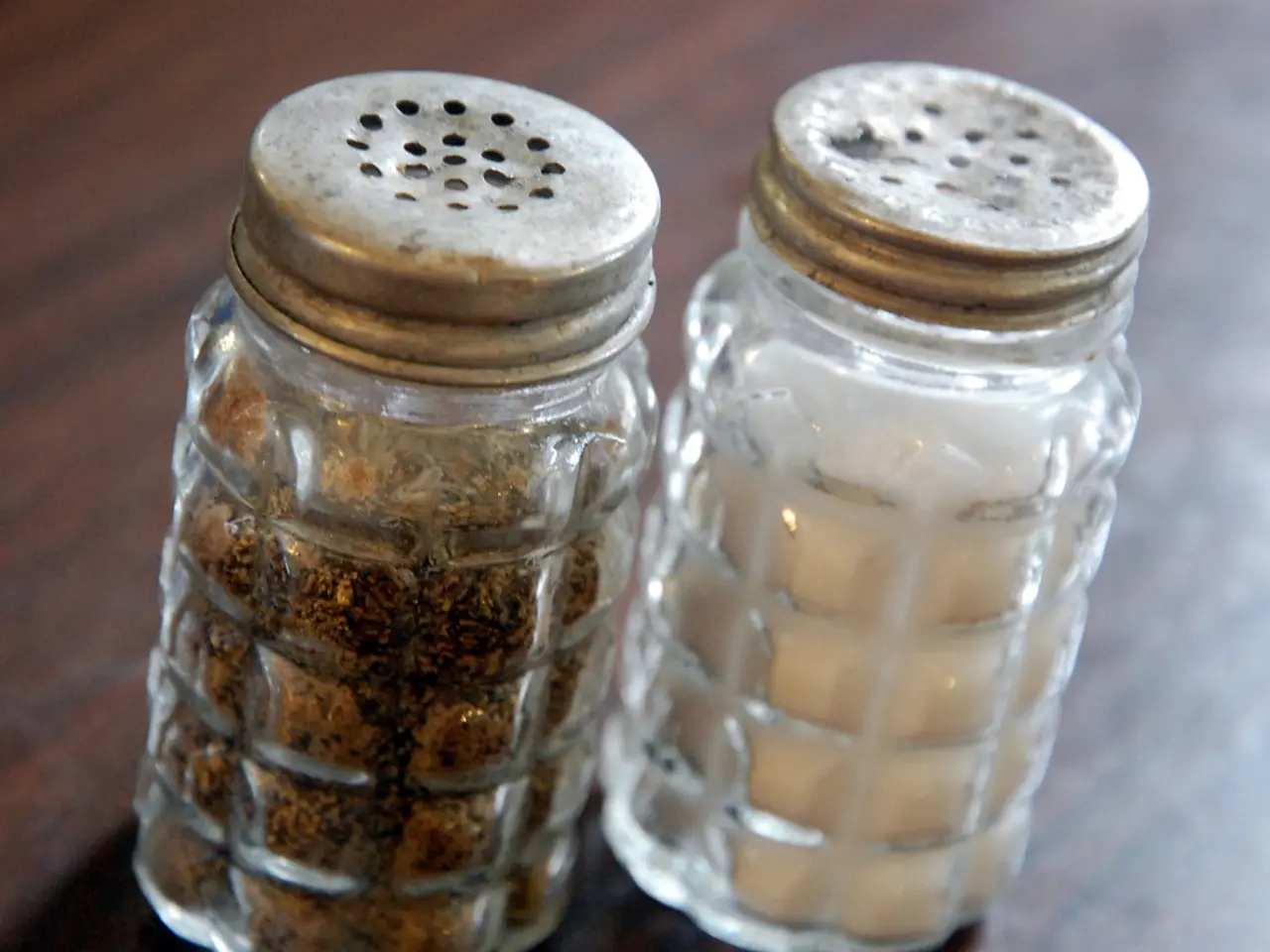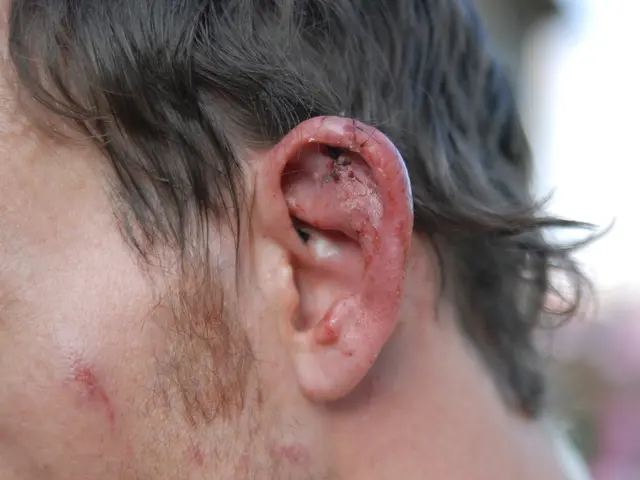Aromatic stimulants: Definition, applications, and potential risks
In the realm of sports performance, smelling salts have long been a controversial tool used by athletes to boost alertness, focus, and energy. However, a closer look at the scientific evidence reveals a lack of clarity regarding their long-term safety when used regularly in athletics.
Smelling salts, a combination of diluted ammonia, water, and ethanol or a mixture of ammonium carbonate and perfume, are primarily known for their stimulant effect. This effect is attributed to the ammonia, which irritates nasal and lung membranes, causing faster breathing and increased oxygen to the brain.
While smelling salts are legal in the United States for the purpose of helping someone regain consciousness after fainting, their use for other purposes remains questionable. There is a lack of evidence regarding the safety of repeated use or their use for purposes beyond reviving someone who has fainted.
The known risks associated with ammonia inhalants primarily revolve around irritation of the respiratory system. Prolonged or high-concentration exposure can result in coughing, headaches, vomiting, shortness of breath, and in severe cases, asphyxiation. Individuals with preexisting respiratory conditions could experience worsened effects.
Despite their widespread use in sports, there is no documented research on long-term physiological or neurological impacts directly tied to smelling salts use in sports. Most available information comes from safety data about ammonia exposure in industrial or medical contexts, not controlled athletic studies. The lack of randomized controlled trials or longitudinal human studies on athletes means the long-term health effects remain uncertain.
One concern surrounding the use of smelling salts in sports is the potential masking of concussive symptoms, leading to delayed diagnosis, rapid return to the sport with a high risk of reinjury, and potential harm to those with spinal injuries from involuntary head jerks. Additionally, there are concerns about misuse without a doctor's guidance.
However, a study from 2014 found no positive effects from athletes using smelling salts as a performance booster, suggesting a placebo effect. Another study found that the use of ammonia inhalants had a positive effect on peak force development on one strength test, potentially due to increased psychological arousal.
Despite the potential risks and uncertainties, for those without underlying health issues, using smelling salts as directed is unlikely to be dangerous. However, people with asthma and respiratory problems should be aware that they can result in difficulty breathing or increased airway irritation.
In conclusion, while smelling salts are used to boost short-term performance and alertness, there is no solid scientific research presently confirming their long-term safety or effects when used regularly in athletics. Potential risks of respiratory irritation and unknown chronic impacts warrant cautious, limited use until further studies provide clearer guidance. It is essential to remember that smelling salts are a potent chemical substance and improper exposure carries health risks.
- The stimulant effect of smelling salts is primarily attributed to the ammonia, which irritates nasal and lung membranes, causing increased oxygen to the brain, a common practice in health-and-wellness and fitness-and-exercise routines.
- However, repeated use or use for purposes beyond reviving someone who has fainted remains questionable in the predictive science of health-and-wellness, due to a lack of evidence regarding long-term safety.
- Prolonged or high-concentration exposure to ammonia in smelling salts can result in a variety of health issues, such as coughing, headaches, vomiting, shortness of breath, and in severe cases, asphyxiation, especially among individuals with preexisting respiratory conditions like asthma or colitis.
- To date, there is no documented research on long-term physiological or neurological impacts directly tied to the use of smelling salts in sports, leaving the long-term health effects uncertain in the realm of scientific health-and-wellness and fitness-and-exercise.
- One concern in sports science is the potential masking of concussive symptoms, leading to delayed diagnosis and increased risk of reinjury, as well as potential harm to those with spinal injuries from involuntary head jerks.
- A 2014 study found no positive effects from athletes using smelling salts as a performance booster, suggesting a placebo effect, while another study showed a positive impact on peak force development, potentially due to increased psychological arousal.
- For those without underlying health issues, using smelling salts as directed is unlikely to be dangerous in the fitness-and-exercise realm, but people with respiratory problems should be cautious, as they can result in difficulty breathing or increased airway irritation.
- In light of the potential risks and uncertainties, it is crucial to exercise caution and use smelling salts only as needed, and only with proper guidance from a medical professional in the fields of sports, health-and-wellness, and fitness-and-exercise, as they are a potent chemical substance and improper exposure carries health risks, even for those without preexisting conditions like HIV, migraine, depression, eczema, Crohn's disease, or NSCLC.




